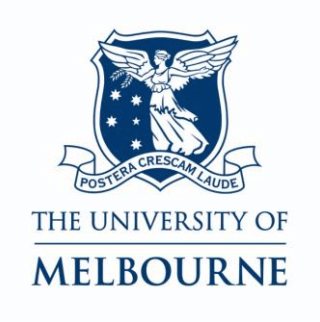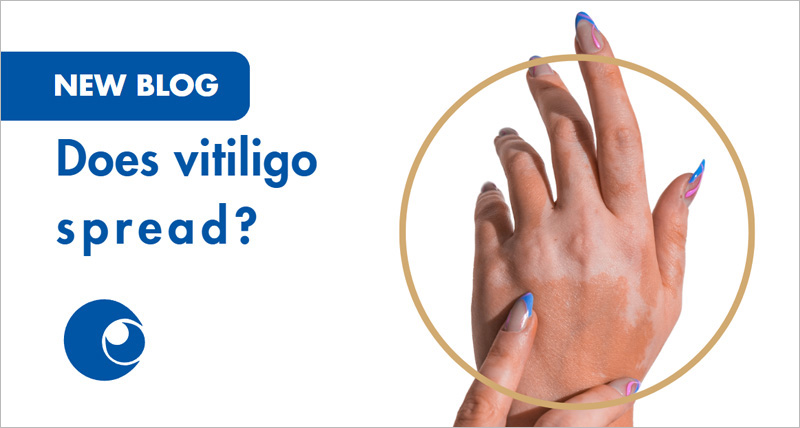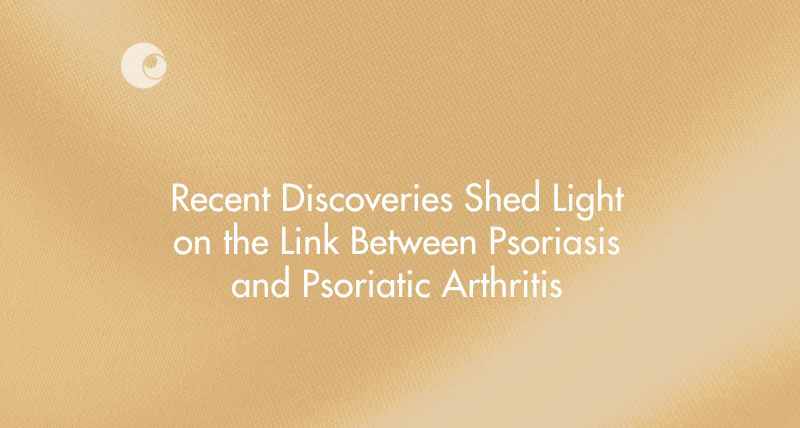Media Release 5/3/15
Research published this week in the Australasian Journal of Dermatology confirms that Australia has the highest incidence of skin cancers in the world but lacks in national reporting of the statistics.
Researchers from the University of Melbourne, the Cancer Council of Victoria and Epworth Dermatology undertook a comprehensive systematic review of all the studies investigating the incidence rate and prevalence of Non-melanoma skin cancers (NMSC) in Australia and evaluated the adequacy of available studies to make recommendations for future research.
NMSC, including basal cell carcinoma (BCC) and squamous cell carcinoma (SCC), are the most commonly diagnosed cancer in Australia.
NMSC is one of the most expensive cancers to treat and imposes a considerable national economic burden in Australia.
Lead researcher Professor Rod Sinclair said the incidence and prevalence of NMSC in Australia was higher than that seen in all other countries in the world.
“Overall, the incidence of NMSC has been rising in Australia, with a higher incidence for BCC than SCC and a higher incidence for men than women and for those over 60,” Professor Sinclair said.
Of the states, Queensland had the highest incidence of NMSC, including both BCC and SCC.
He said the total cost including diagnosis, treatment and pathology is estimated to have increased from $511 million in 2010 to $703 million in 2015.
“Our review emphasizes the need for reporting of skin cancers in Australia. A lack of nationwide cancer registry data has been a barrier to conducting population- based research on these cancers,” Professor Sinclair said.
“This would help to predict trends in skin cancers and guide appropriate allocation of physical resources and manpower and to justify expenditure on public education and skin cancer prevention,” he said.
Despite the overall trend of the increasing incidence of NMSC in the total population, for individuals younger than 60 years of age it showed no increase.
The good news from this research is that NMSC treatment rates are declining in patients under the age of 45.
This decline in incidence is attributed to community sun protection awareness
programs that started in 1980. Such programs used media to educate the public on the importance of sun protection and have been effective in producing marked changes in attitudes and behaviour and reducing the amount of cumulative UV radiation exposure to people during their childhood and adolescence.
It is hoped that the recent legislation to ban solaria will further reduce cumulative UV radiation exposure for future generations.
The effects of the skin cancer programs are only becoming apparent now due to the long interval between sun exposure and skin cancer development.
“This literature review is the most comprehensive review to date to investigate the incidence and prevalence of NMSC in Australia. It highlights the considerable gains achieved through public education, and argues strongly for continuation and enhancement of the National and Local Annual Skin Cancer Prevention campaigns such as SunSmart and National Skin Cancer Awareness Week,” Professor Sinclair said.
“Now that we know the magnitude of the human and financial cost of skin cancer in Australia and we can identify and measure the benefits of existing public health interventions, I call on both State and Commonwealth Governments to reinvest some of those saving and to make a long term commitment to Dermatology research,” Professor Sinclair said.







